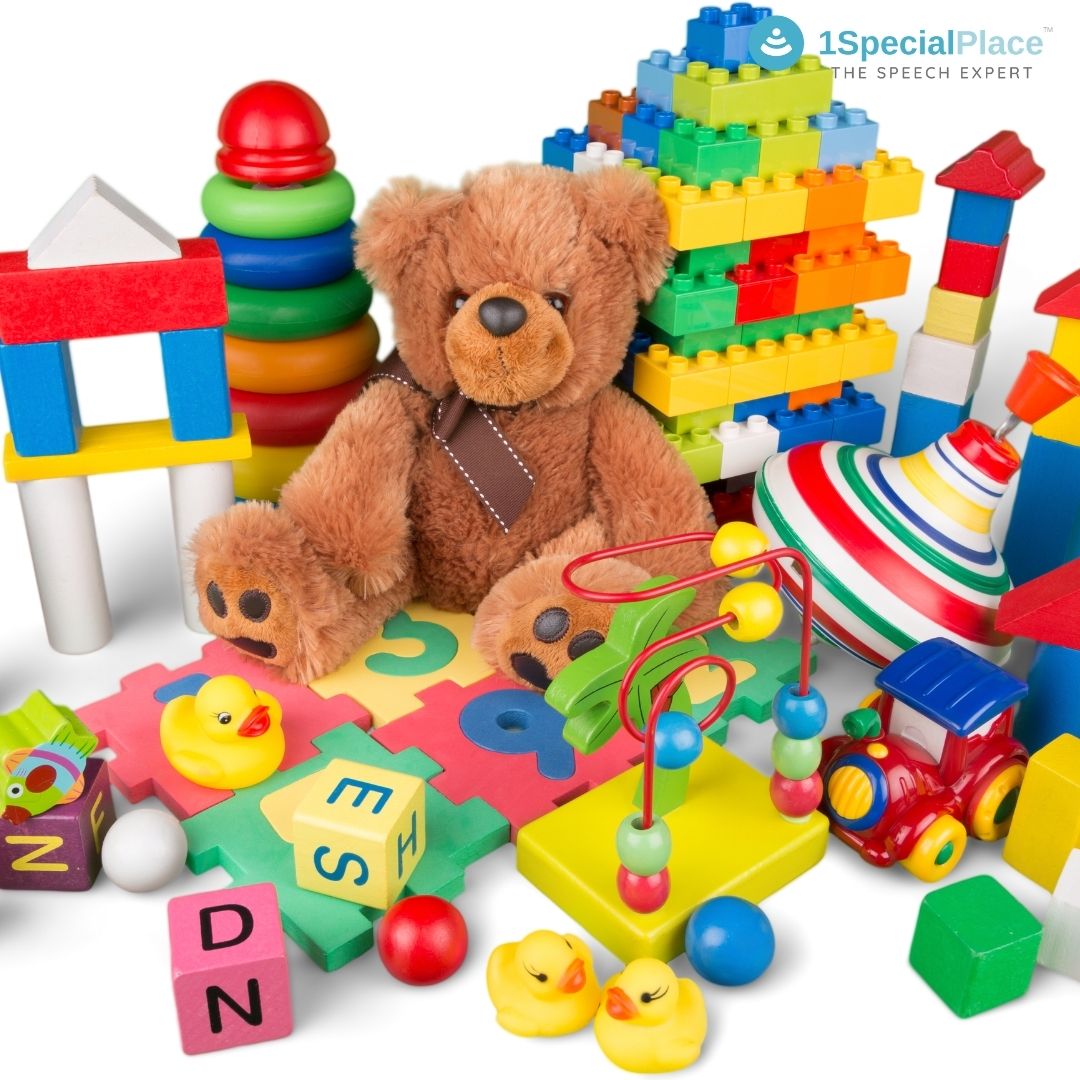
Everyday Items as Awesome Toys: VEGETABLES
Everyday Items as Awesome Toys: VEGETABLES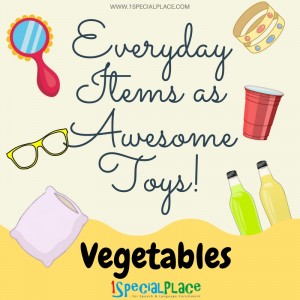
Therapy activities – The awesomeness of common items in play should not go unnoticed! In this series we will explore one such common item each time and discuss five different ways to play with it.
This article is exploring the everyday item: Vegetables
Vegetables are always available in every household. From the common potato to a celebrated celery stick, all can be used in many ways to build communication skills while playing fun games with a child. Here are five ideas:
1. Touch, smell, and taste.
This game is best played with a variety of vegetables of various textures and smells. Let the child explore each vegetable, one at a time. Guide the child to explore it in different ways, in any way s/he may like, by touching, tapping, mashing, smelling, tasting or even squeezing it.
Talk to the child about what s/he is doing. Talk by telling him how it – feels (e.g. soft, hard), smells (e.g. nice, pungent, sweet) or even tastes (e.g. sweet, bitter). Use this to expand the child’s vocabulary.
At the end of the play, do not forget to get the child to tidy up with you. While doing this, talk about what was played and how. This is the best way to build recall and use language for it.
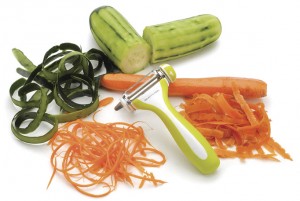 2. Where are you?
2. Where are you?
Gather fresh peels of vegetables e.g. cucumber, carrot or potato skins. Longer peels would be more fun to explore in this game. Mix them the peels together in a large pan and hide a couple of small toys (the child recognizes and knows). Ask the child to find the toys.
At first, several children may not want to touch the peels. Give them time to gain courage to explore. Show them / model how they can explore and touch it. Encourage messiness during play in this game! It adds to the fun.
This is a wonderful sensory play. It can build language about colors, textures, answering questions of what and where.
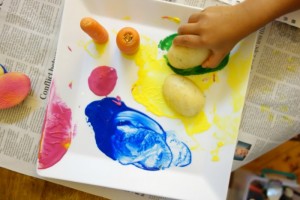 3. Painting:
3. Painting:
Using vegetables for painting is a lot of fun. Cut a cross section of a vegetable. For instance, onion, potato or even something with a very different shape like celery or spring onion sticks. Dab one side in paint and then use it as a stamp to paint on paper or any preferred surface.
Each vegetable will make a unique shape of their own. Use language talking about the shape as well as the color of the paint used. Additionally, using language related to – more or less (paint), wet or dry (paint), dark or light (color) is easily possible through this activity. Painting has a few sequential steps to follow – e.g. take the potato, dip it in the paint, press it on the paper. Such sequential language can also be taught, used repeatedly or even generalized through this task.
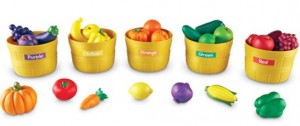 4. Where does it belong?
4. Where does it belong?
Game of sorting vegetables by color can be quite easily done at home. Use different colored bowls and let the child sort vegetables to match the bowl color.
Similarly, sorting vegetables by shape (e.g. long, round) can be done using two bowls. Label each bowl and let the child place the vegetable accordingly. Using appropriate visual reminder or cards is quite helpful.
 5. What is it?
5. What is it?
This game would require prior knowledge of vegetables – such as their shape, color and/or name. This game will not only strengthen the child’s language but also recall or memory.
Use an opaque bag and place one vegetable within it. Let the child feel the vegetable and guess what it may be. Give hints if the child is unable to guess e.g. its color or smell. Encourage the use of appropriate language for responding. Use visuals to provide choices for a child that needs help.
Take turns to play this game with the child. This would build wonderful skills of labeling, using adjectives and appropriate questions (e.g. what does it smell like? What is it?).
Here, a BONUS game is shared!
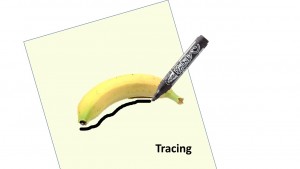 6. Trace them.
6. Trace them.
Make this game fun by carefully selecting 3 to 4 vegetables of varied shapes and sizes. For instance, use large purple brinjal, tomato, ridge guard, cucumber. Keep a thick colored sketch pen and paper handy. Let the child trace each vegetable. Let the child color it. Talk about the shapes – it builds good descriptive language skills. Emphasize on shape and size.
Hope you’ve enjoyed these ideas! Try them and leave a comment! We’d love to hear from you.
***
Subscribe with us to receive more articles with play ideas in your inbox!
***
Therapy activities
For more ideas check out our other blogs
- What is speech therapy and what Speech Therapist Do? - December 22, 2022
- 5 Simple Ideas to Make Flashcards Fun - June 28, 2018
- Should I use ‘NO’ with my child? - June 24, 2018


Leave a Comment
(0 Comments)